Branded residences in Vietnam are growing strongly. (Photo: PV)
According to tourism industry statistics, after reopening due to the impact of the Covid-19 epidemic from March 15, 2022, the number of international visitors has recovered faster and faster over time. Entering 2023, international visitors to Vietnam reached 12.6 million, nearly 3.5 times higher than in 2022, the recovery rate has reached 70% compared to 2019, higher than the general recovery rate of Asia (65%). Most recently, according to the General Statistics Office ( Ministry of Finance ), the number of international visitors to Vietnam in August 2025 reached 1.68 million, an increase of 16.5% over the same period in 2024, in the first 8 months, the total number of international visitors reached nearly 14 million, an increase of 21.7% over the same period in 2024.
According to statistics, the revenue per available room index increased by 17% compared to the same period in 2024, marking the most prosperous period of the resort industry since the pandemic, contributing to putting Vietnam in the group of the fastest growing resort markets in Southeast Asia.
The recovery of the hospitality industry in Vietnam is taking place from different aspects. While hotels in Hanoi and Ho Chi Minh City have improved their business results due to room rate growth, coastal destinations such as Nha Trang, Phu Quoc, Cam Ranh and Ha Long have recorded strong occupancy growth.
“Vietnam’s resort market is entering a new cycle, with significant improvements in average room rates and occupancy rates,” said Mauro Gasparotti, Senior Director, Southeast Asia, Savills Hotels. “Previously, many markets faced pressure from new supply, increasing challenges for hotel operations. However, with positive signals from the market, the resort industry is recording good results in most destinations.”
According to Mr. Mauro Gasparotti, the resort industry is entering a phase where new development plans are needed, focusing more on service quality, especially in key destinations such as Ho Chi Minh City, Hanoi, as well as in coastal tourist cities such as Da Nang and Phu Quoc. For example, in Ho Chi Minh City, the expansion of administrative boundaries, along with plans to develop infrastructure and aviation systems, are bringing great opportunities for diversifying resort products such as standard hotels, design-focused hotels, long-term stay models, branded residences and multi-component project complexes.
Vietnamese design interspersed with modern design is popular in resorts in Vietnam. (Photo: PV)
It is expected that more than half of Vietnam’s population will join the middle class by 2035, with higher incomes and consumption capacity. Along with the growth of the international tourist market to Vietnam, the domestic tourism and resort industry is expected to develop strongly, laying the foundation for many types of hotels including lifestyle and select service hotels.
Ms. Uyen Nguyen, Deputy Director at Savills Hotels, shared: “The rise of the middle class in Vietnam, especially among the younger generation, has boosted tourism activities. In order to exploit the potential of this group of customers, hotel operators are focusing on promoting suitable brands to meet market demand, which is expected to contribute to diversifying the accommodation industry picture in Vietnam.”
In Vietnam, the trend of cooperating with international hotel brands continues to increase, the proportion of internationally branded hotels in Vietnam has recorded growth from 24% to 32% in the past 10 years. Global brand recognition, distribution network and standardized operating procedures are factors that promote interest in cooperating with international operators. The trend of cooperating with hotel brands has also expanded to the residential real estate sector, where investors are aiming for branded residence products with higher design quality and service standards.
In Asia, the branded residence segment is recording strong growth and Vietnam is one of the hot spots, attracting much attention. Vietnam currently has 21 branded residence projects in operation, ranking second in Southeast Asia after Thailand. These two markets are also in the global top 10 in terms of developing project supply, accounting for 6% and 5% respectively.
According to Ms. Uyen Nguyen, Deputy Director at Savills Hotels, in Vietnam, branded residences are mainly concentrated in coastal areas, and are often considered investment products, with about 80% of projects implementing rental programs, exploiting cash flow from business operations. International hotel operators including IHG, Marriott, Accor, Melia, Banyan Group and Hyatt are the leading units in this segment in Vietnam in terms of project portfolio including completed projects and projects under development.
LE ANH
Source: https://nhandan.vn/nganh-nghi-duong-viet-nam-trong-qua-trinh-phuc-hoi-post911650.html


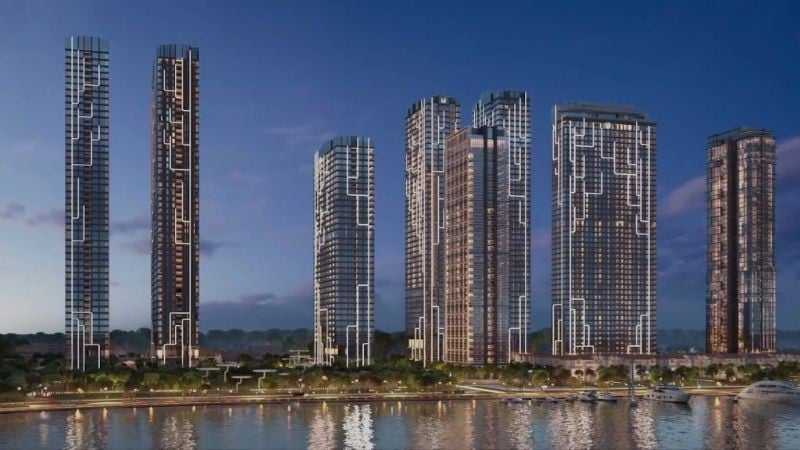
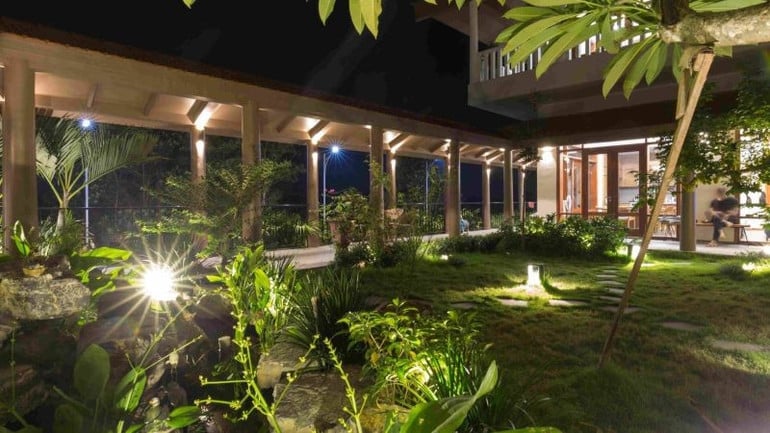






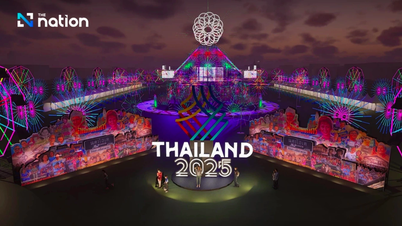



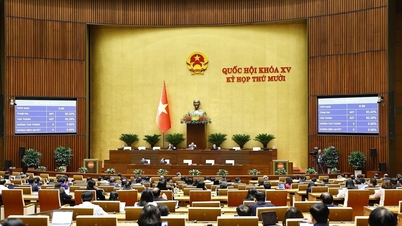










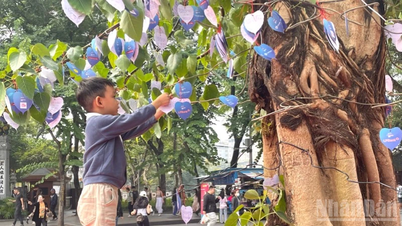
![[Video] “Happy Vietnam 2025” Award: Contributing more beautiful slices of a humane and culturally rich country](https://vphoto.vietnam.vn/thumb/402x226/vietnam/resource/IMAGE/2025/12/07/1765120096965_gen-h-z7302026251876-0c4feb61bdc05ac1e4a8af98b1ba524c-701-jpg.webp)


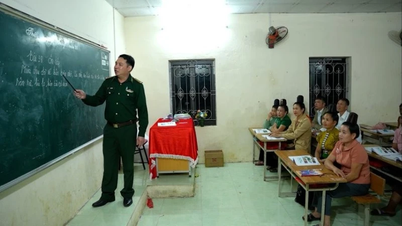


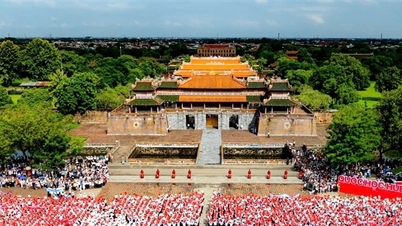

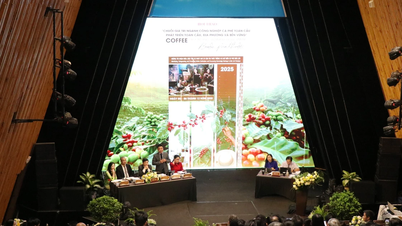
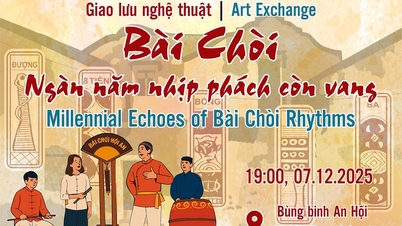

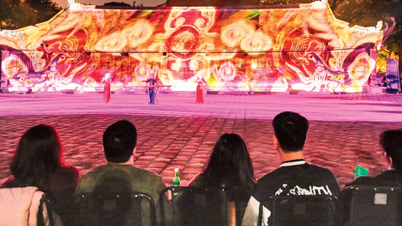
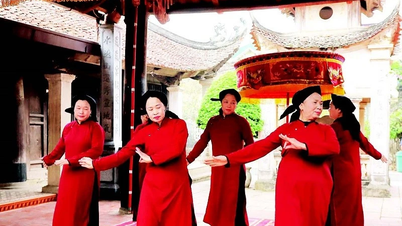


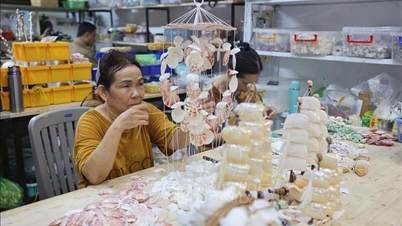



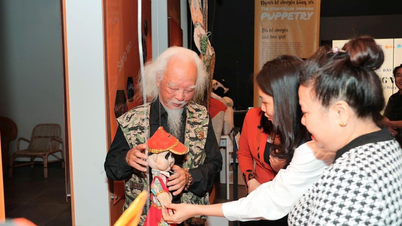

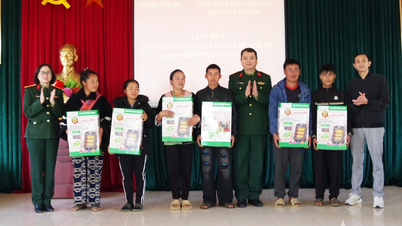
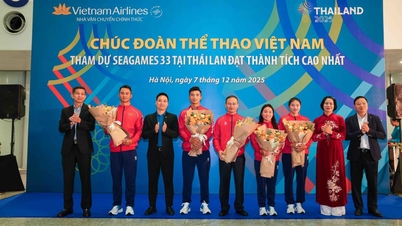


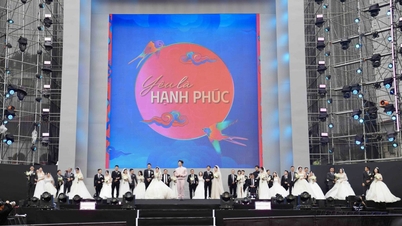
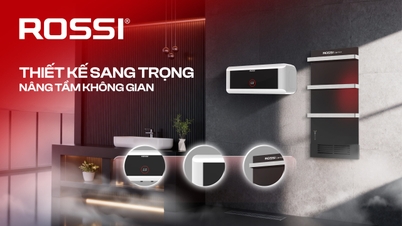
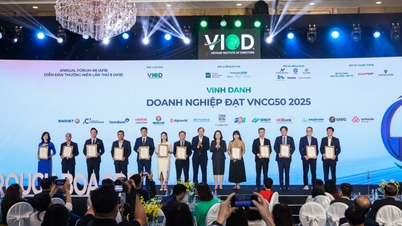









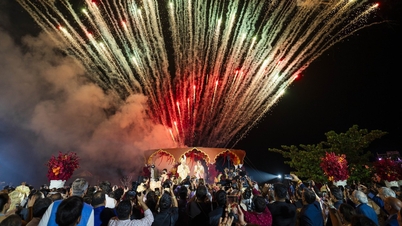
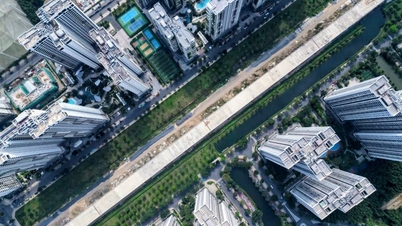
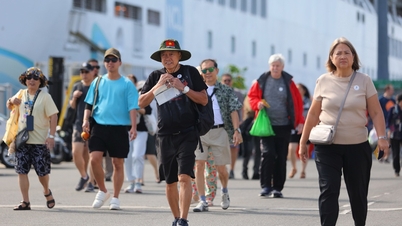




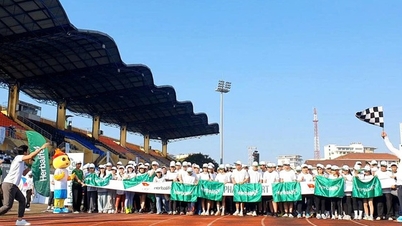
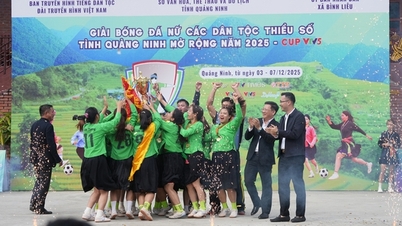
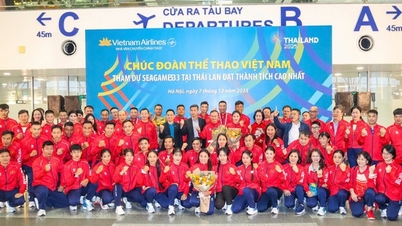
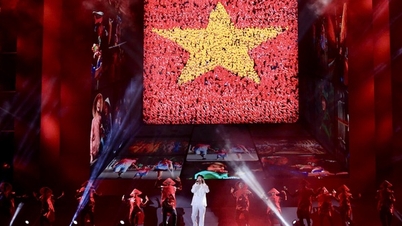


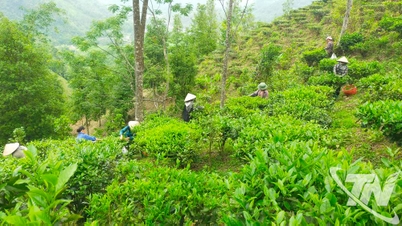


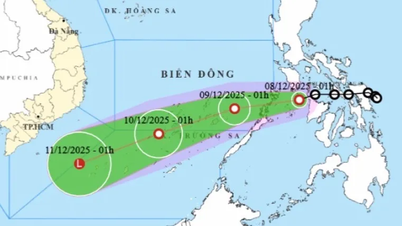

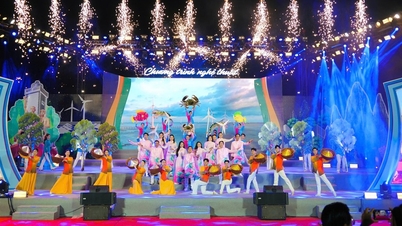

















Comment (0)